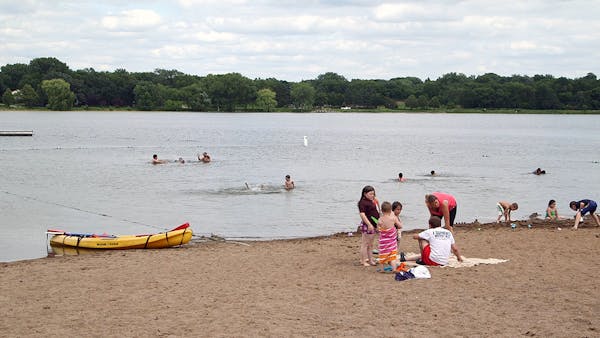Exactly how common is primary amebic meningoencephalitis (PAM), the rare brain infection that a young boy contracted in a Pope County lake recently? We gathered national data from the Centers for Disease Control and Prevention, which keeps records on this particular infection going back to 1962, to find out.
We've added this most recent Minnesota case to the data, but we do not have 2015 data from other states.
This is only the third Minnesota case ever, but even at that low number, our Land of 10,000 Lakes is left as a bit of an outlier in the Upper Midwest.
Nationwide, it has been more common in Texas and Florida, since the amoeba Naegleria fowleri is found in particularly warm water. Until 2010, the condition had not been detected north of Missouri. This latest case is officially the northernmost on record.
Since 1962, there have been between zero and eight infections across the country each year. The amoeba is typically contracted through the nose. There is no danger of contracting the parasite through drinking water.
*year of exposure is unknown in one case.
According to the CDC data, the infections have primarily struck boys between the ages of 5 and 14.
The CDC has also broken up the incidences of this infection by month of illness and the likely water exposure -- the most common exposure being a lake, pond or reservoir in the months of July and August, when bodies of water are at their warmest. The month of illness onset is unknown in 11 cases, so they're not included in this particular chart.
*No information is available on the design, maintenance or operation of the pools.
**Water was forced up the nose during use.
8 months in jail for Blaine man who caused 120-mph crash hours after he was caught speeding

Daughter sues St. Paul, two officers in Yia Xiong's killing

